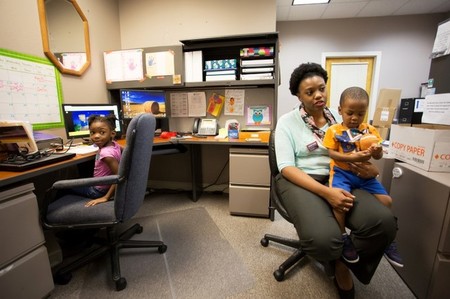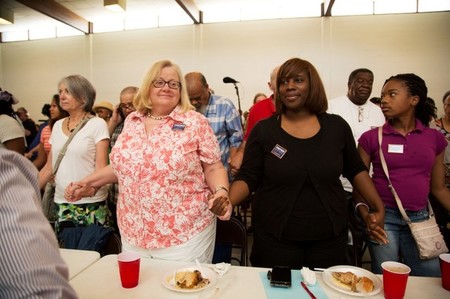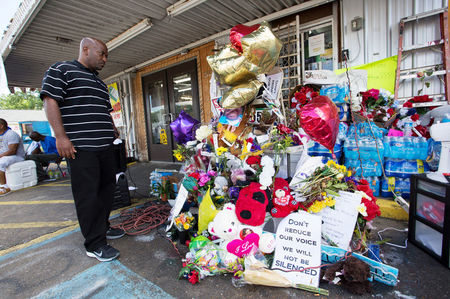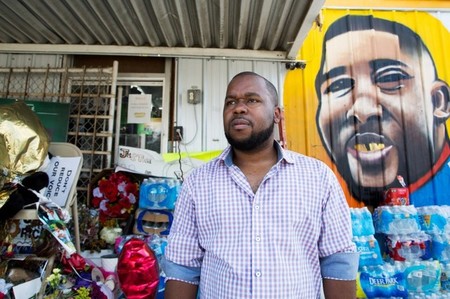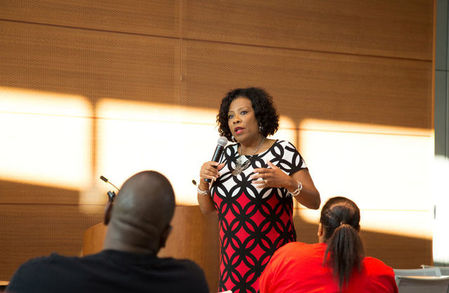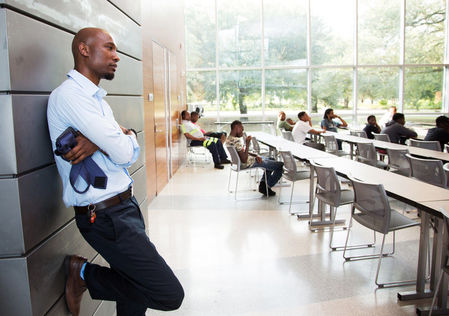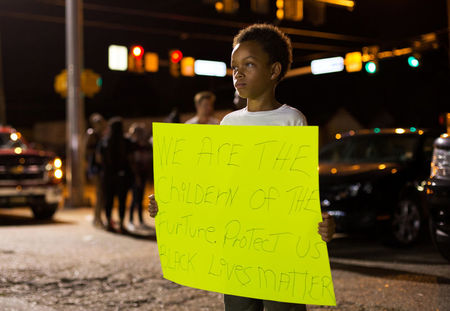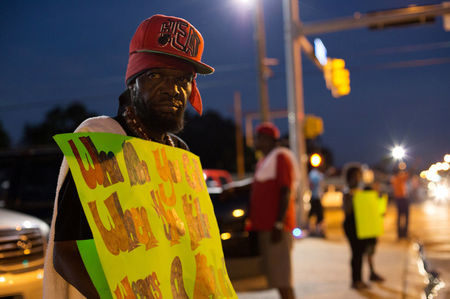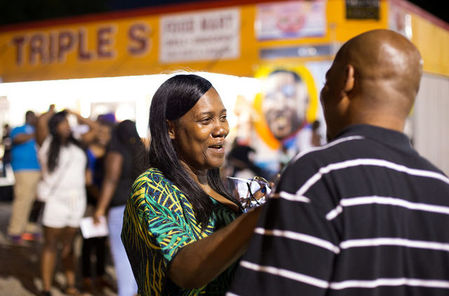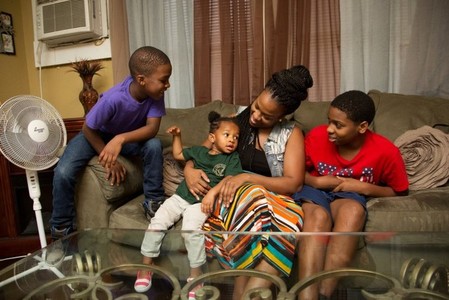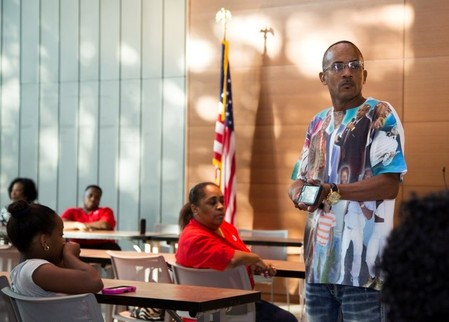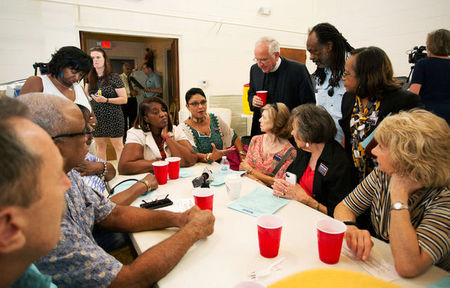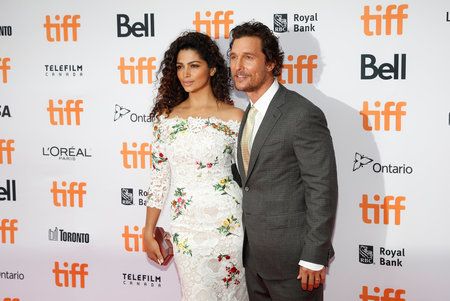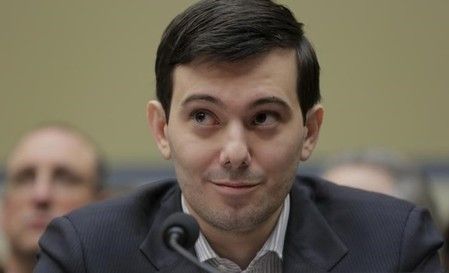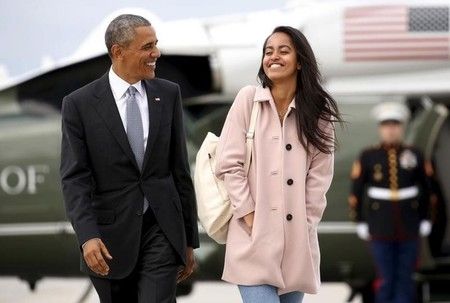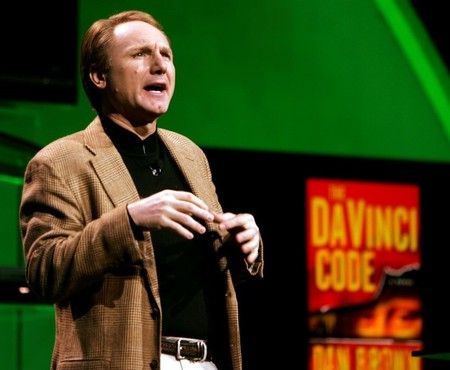Advertisement
For black families, hard questions from children over U.S. police killings
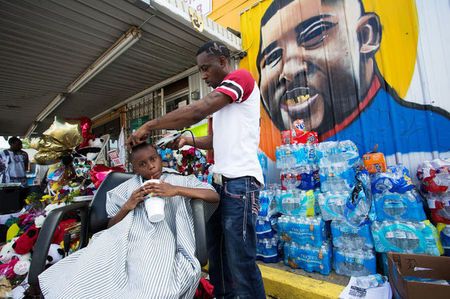
By Letitia Stein
BATON ROUGE, La. (Reuters) – In the eyes of four-year-old Autumn Unaeze, her grandfather in his blue police uniform is a superhero protecting people.
Yet, there are troubling realities about police that her mother knows she must begin sharing with her: first, how other officers could harm her black family, and then how law enforcement officers can be targets themselves, after three were killed in an attack near her Baton Rouge home on Sunday.
Across the United States, African-American parents, teachers and other adults face a difficult decision – how and at what age to talk to children about a racially charged debate over policing and tensions over the shooting deaths of black men by officers in a country that struggles to end racism.
That conversation has grown more urgent in recent weeks. In the tumult of social media, ever-younger children have been exposed to grainy videos of black men dying at the hands of law enforcement or to blanket news coverage of black-led protests over use of police force. Then they’ve seen the shock in communities whose officers are gunned down in the line of duty.
Families that may have once discussed racial disparities in policing with older teens now face questions from preschoolers such as Autumn, who want to know why people are being so mean. Others ask why people are protesting or why police now face ambushes as in Baton Rouge and Dallas, where five officers were killed earlier this month.
“She’s already seen enough,” said mother Elizabeth Unaeze, 27, who finally just turned off the television news on Sunday, after learning that her father was safe. “I don’t want to create an atmosphere of fear, even though we as parents are so afraid.”
Her daughter and two-year-old son already had picked up on sadness and grief at the grocery store, after the fatal police shooting on July 5 of Alton Sterling, 37, at a local convenience store ignited nationwide protests.
Like other African-American parents here, Unaeze wants to reinforce their trust in authorities, but also knows caution could become an essential survival skill.
“There’s no pamphlet. There’s no guide. I am sure there are no coloring sheets,” she said.
‘PROTECT US’
Families in Baton Rouge are the latest to experience first-hand the aftermath of police killings of black men that have convulsed the nation in the past two years, following communities from New York and Baltimore to Ferguson, Missouri, where riots erupted after police fatally shot 18-year-old Michael Brown in 2014.
A day after the death of Sterling, many children watched or caught glimpses of footage on Facebook from inside a car in Falcon Heights, Minnesota, where Philando Castile, a 32-year-old black man, lay bleeding in another fatal police shooting.
Child psychologists say exposure to killings can shatter a sense of security for many African-American children: younger children may become fearful for parents and caretakers, while older youth can start to see themselves as the next target.
When headlines explode with the next police-involved killing, some feel traumatized all over again.
“They don’t trust the world,” said Jerry Dunn, a psychologist and executive director of the Children’s Advocacy Services of Greater St. Louis, near Ferguson. “It really sets up an unfortunate risk for a cycle that is difficult to break.”
Eleven-year-old Terrance Anderson last week held up a handwritten sign outside the store where Sterling was killed. “We are the children of the future,” it read. “Protect us.”
“It’s not fair that they are only killing black people,” said the slender sixth-grader.
His grandmother said she had wanted him to experience the peaceful crowds gathering nightly near a makeshift memorial of flowers, balloons and stuffed animals at the spot where Sterling died.
“I had to help him understand that all the world is not mean,” said Denise Matthews, 60. “I hope he learns that life goes on.”
Walter McLaughlin said he knew it was time to talk when his 10-year-old daughter asked him during a drive home: are police racist?
The 36-year-old father of three uses content filters to block inappropriate websites and television in his Baton Rouge home but was surprised at how much his daughter still absorbed recent events.
He said he sat down with his 14-year-old son and offered advice on how to act around police and white people to make them comfortable: stand tall, make eye contact, avoid sullen facial expressions.
“These are things that are unfair, but this is the world that we live in,” he explained. “Some of these are the right things to do. Some of them are the wise things to do. And some of them we are fighting, so we don’t have to do anymore.”
‘COULD BE ANYONE, ANY DAY’
Research released this month by the Center for Policing Equity at the John Jay College of Criminal Justice in New York confirmed what many have long known anecdotally – police are far more likely to use force in interactions with blacks than with whites.
From stun guns to batons and body contact, police used force on blacks at rates more than three times higher than for whites, the researchers found in a review of data from 12 police departments representing a cross-section of the United States. Even after factoring in higher arrest rates among blacks, racial disparities persisted in how force was applied.
Explaining such systemic injustice was a conversation that Brandon Simmons, 38, had been afraid to initiate with his 10- and 13-year-olds. His childhood in southern Louisiana was defined by racial inequities, with a white girl spitting in his face in the third grade. He believes his children are growing up in a better, more accepting society.
“I don’t want to paint a horrific perspective of what happened and almost rape them of their viewpoint of the world,” said Simmons, who showed them the video of Sterling’s death at the urging of a friend who teaches middle school. “I was very cautious in my approach.”
Living blocks from Sterling’s shooting in Baton Rouge, Wajeedah Jones, 37, debated how much to show her young children. Then her six-year-old son told her that he knew why she had been crying.
An older relative had showed him the video. Her 13-year-old also had seen the footage, and he said it left him heartbroken.
“It could be anyone, any day,” said her son, JaKairick Young. “We all know that.”
(Reporting by Letitia Stein; Editing by Jason Szep and Mary Milliken)


